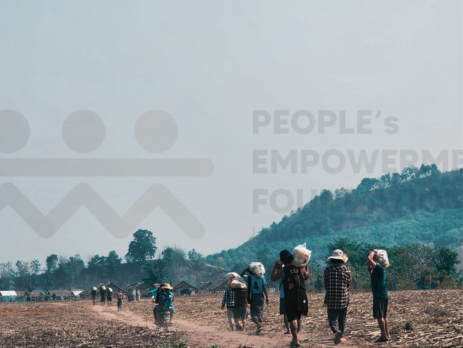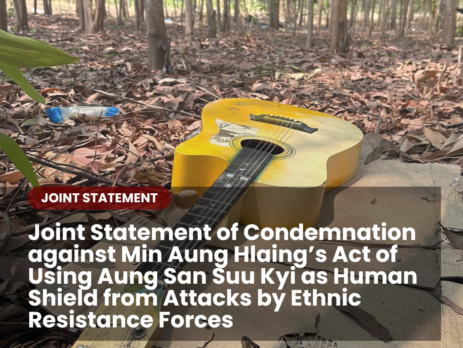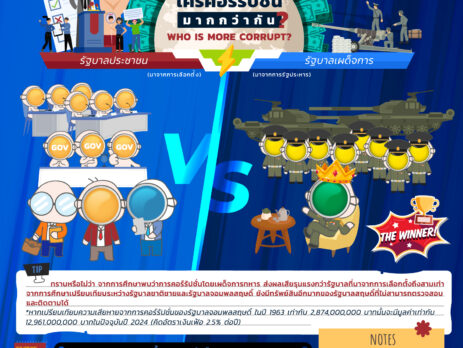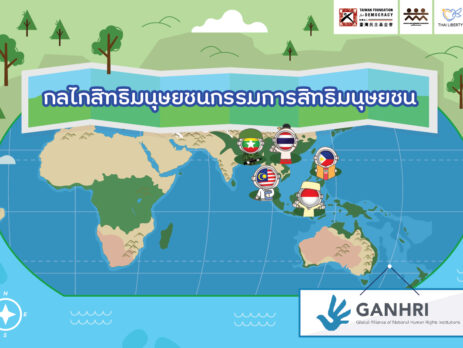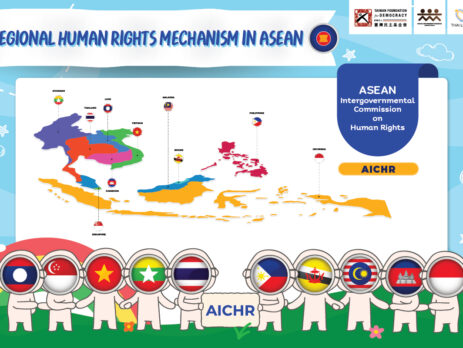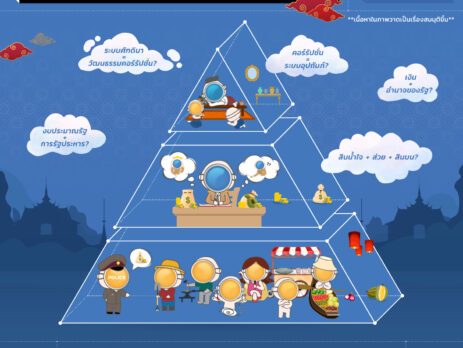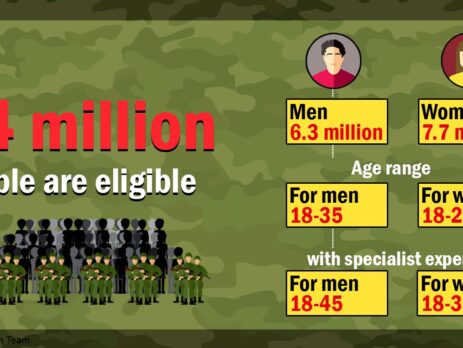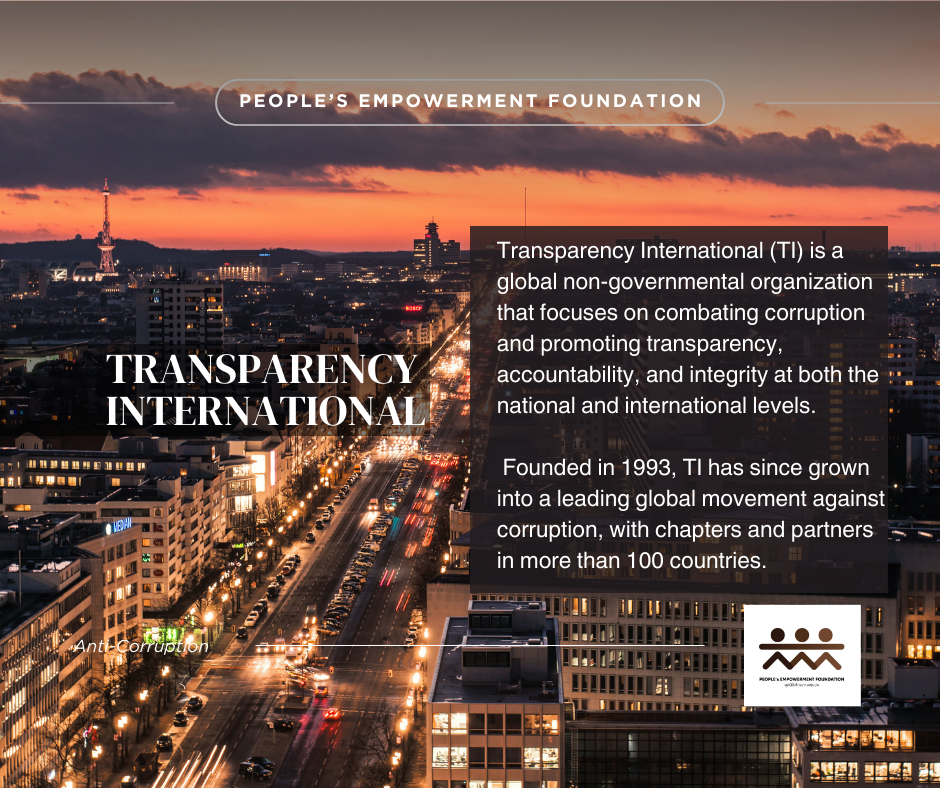



องค์กรเพื่อความโปร่งใสนานาชาติ (Transparency International: T) และดัชนีการรับรู้การทุจริต (CPI)
Transparency International (TI) เป็นองค์กรพัฒนาเอกชน ที่มุ่งเน้น การต่อต้านการทุจริตทั่วโลก Tl ก่อตั้งขึ้นในปี 1993 ดำเนินงานในฐานะแนวร่วมต่อต้านการทุจริตระดับโลกซึ่งเกี่ยวข้องกับบทและพันธมิตรในกว่า 100 ประเทศ หนึ่งในความคิดริเริ่มที่สำคัญของ T! คือดัชนีการรับรู้การทุจริต (CPI) ซึ่งได้รับการยอมรับอย่างกว้างขวางว่าเป็นหนึ่งในเครื่องมือที่มีอิทธิพลมากที่สุดในการวัดการทุจริตทั่วโลก
ดัชนีการรับรู้การทุจริต (CP) เป็นการจัดอันดับประจำปีที่ประเมินระดับการรับรู้ของการทุจริตภาครัฐในประเทศต่างๆทั่วโลก มันให้คะแนนตัวเลขให้กับแต่ละประเทศซึ่งบ่งบอกถึงระดับของการทุจริตที่ผู้เชี่ยวชาญและผู้นำทางธุรกิจรับรู้ ดัชนีราคาผู้บริโภคให้คะแนนประเทศตั้งแต่ 0 ถึง 100 โดยที่ 0 หมายถึงการทุจริตสูงและ 100 หมายถึงสะอาดมาก ดัชนีนี้อ้างอิงจากการสำรวจและการประเมินจากแหล่งต่างๆ รวมถึงนักธุรกิจ ผู้เชี่ยวชาญ และนักวิเคราะห์ที่ประเมินการทุจริตในภาครัฐ
วิธีการ CP1 รวบรวมข้อมูล จากหลายแหล่งเพื่อสร้างการประเมินระดับการทุจริตที่ครอบคลุมและเปรียบเทียบได้ แหล่งข้อมูลเหล่านี้รวมถึงสถาบันและองค์กรที่มีชื่อเสียงซึ่งแต่ละแห่งทำการสำรวจอิสระเพื่อรวบรวมการรับรู้ถึงการทุจริตในประเทศต่างๆ จากนั้นองค์กรเพื่อความโปร่งสนานาชาติ (Transparency International) จะรวบรวมและวิเคราะห์ข้อมูลนี้เพื่อสร้างการจัดอันดับ CPI
จุดแข็งของ CP1 อยู่ที่ความสามารถในการนำเสนอการวัดการรับรู้การทุจริตที่เป็นมาตรฐานและเทียบเคียงได้ในประเทศและภูมิภาคต่างๆ ด้วยการรวมข้อมูลจากแหล่งที่หลากหลาย CP! จะให้ภาพรวมกว้าง ๆ ของแนวโน้มการทุจริตทั่วโลก ผู้กำหนดนโยบาย นักวิจัย และกลุ่มผู้สนับสนุนมักพึ่งพา CPI เพื่อประเมินประสิทธิภาพของความพยายามในการต่อต้านการทุจริต จัดลำดับความสำคัญของการแทรกแซงนโยบาย และจัดสรรทรัพยากรเพื่อจัดการกับความท้าทายด้านการทุจริต
อย่างไรก็ตามสิ่งสำคัญคือต้องทราบว่า CPI มีข้อจำกัด มันวัดการรับรู้ของการทุจริตซึ่งอาจไม่สอดคล้องกับระดับที่แท้จริงของการทุจริตในประเทศ ปัจจัยต่าง ๆ รวมถึงการรายงานข่าวของสื่อวาทกรรมสาธารณะและบรรยากาศทางการเมืองสามารถมีอิทธิพลต่อการรับรู้ นอกจากนี้ CP ไม่ได้รวบรวมกรณีการทุจริตที่เฉพาะเจาะจงหรือความแตกต่างของรูปแบบการทุจริตที่แตกต่างกัน แม้จะมีข้อจำกัดเหล่านี้ แต่ CPI ยังคงเป็นเครื่องมือที่มีค่าในการสร้างความตระหนักเกี่ยวกับปัญหาการทุจริตทั่วโลกและสนับสนุนให้รัฐบาลเพิ่มความโปร่งใสและความรับผิดชอบภายในสถาบันของตน
Transparency International (TI) and The Corruption Perceptions Index (CPI)
Transparency International (TI) is a non-governmental organization combating global corruption. Founded in 1993, TI operates as a global coalition against corruption, involving chapters and partners in more than 100 countries. One of TI’s key initiatives is the Corruption Perceptions Index (CPI), widely recognized as one of the most influential tools for measuring corruption worldwide.
The Corruption Perceptions Index (CPI) is an annual ranking that assesses the perceived levels of public sector corruption in countries worldwide. It provides a numerical score to each country, indicating the degree of corruption perceived by experts and business leaders. The CPI scores countries from 0 to 100, where 0 signifies highly corrupt and 100 represents very clean. The index is based on a combination of surveys and assessments from various sources, including businesspeople, experts, and analysts who evaluate corruption in the public sector.
The CPI methodology aggregates data from multiple sources to create a comprehensive and comparable assessment of corruption levels. These sources include reputable institutions and organizations, each conducting independent surveys to gather perceptions of corruption in different countries. Transparency International then compiles and analyzes this data to create the CPI ranking.
The strength of the CPI lies in its ability to offer a standardized and comparable measure of corruption perceptions across different countries and regions. By amalgamating data from diverse sources, the CPl provides a broad overview of corruption trends globally. Policymakers, researchers, and advocacy groups often rely on the CPI to assess the effectiveness of anti-corruption efforts, prioritize policy interventions, and allocate resources to address corruption challenges.
However, it is essential to note that the CPI has its limitations. It measures perceptions of corruption, which may not always align with a country’s actual corruption levels. Various factors, including media coverage, public discourse, and political climate can influence perceptions. Additionally, the CPI does not capture specific instances of corruption or the nuances of different corrupt practices. Despite these limitations, the CPI remains a valuable tool for raising awareness about corruption issues globally and encouraging governments to enhance transparency and accountability within their institutions.


